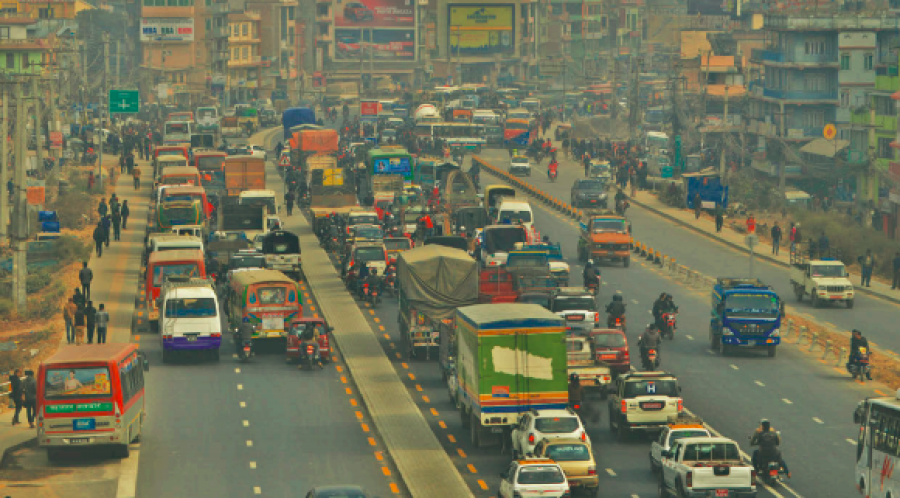Editorial
Flyover to nowhere
The Department of Roads’ plan to construct a ‘flyover’ at Gwarko is myopic.
In a textbook example of Nepal’s continued failure in planning development projects ahead of time, the Department of Roads has announced yet another supposed improvement to the Koteshwor-Kalanki section of the Ring Road. This stretch, handed over to the government by the Chinese only in January 2019, is to have a 35-metre flyover constructed at Gwarko to ease traffic and mitigate accidents.
While the idea sounds practical on paper, it brushes over the poor planning that has led the department to take this route. If the flyover was a good idea for that stretch of road, it should have been implemented during the design phase, and not as an afterthought merely two years from the road’s completion.
This is not the first time that design flaws on this particular road have caused serious concern. The road had barely begun to be used—and not yet officially handed over by the contractors—in 2018 when it was considered a ‘death trap’ owing to a large number of accidents and casualties. Yet, nothing was done then to enforce positive changes before the project was deemed complete. After consistent critical media coverage on the lack of safety infrastructure and planning, the department launched a safety audit in February 2019, less than a month after the project was delivered into the hands of the government.
The problems were clear for all to see, except, it seems, for the Chinese contractors and the officials at the Department of Roads. The 10.5-km stretch is built like a poorly planned expressway (without even a median), and not like the traffic-alleviating urban beltway it was built to be. The original plans did not have adequate safety schemes, such as pedestrian passes and designated U-turns, which has resulted in a horrific situation.
Vehicles tend to not follow lane designations, owing to their being impractical. Cars needing to make U-turns often end up putting themselves and others in danger. Vehicles are given stretches of clear road where they are prone to dangerous acceleration, ending up in bottlenecks at intersections. Some sections, such as Gwarko and Ekantakuna, are so bad at separating pedestrian, intersecting and through traffic that they are especially known for traffic incidents. In fact, in the past two years, there have been over 1,000 accidents and 60 deaths on this stretch of the Ring Road.
The plans for the flyover at this time also shows misguided priorities, for this is a development aimed at easing traffic woes first. However, the safety audit has made many more recommendations to mitigate the high level of accidents. Somehow, these improvements that could potentially save more lives have not taken precedence. For example, the audit had urged the installation of traffic signals at 213 places along the entire road stretch, which has obviously been overlooked. The same goes for the suggestions focused on increasing the quantity and quality of pedestrian passes and street lamps.
Instead of focusing on road safety, the department has once again focused on an expensive project that solely focuses on easing vehicular traffic. This is out of touch with the needs and wants of a populace that has called for pedestrian and bicycle safety, along with a focus on safe public transport. Moreover, the department’s push to have the project completed within a year is not only ambitious, but also foolish. Construction projects in Nepal rarely get completed by the initial deadline, and the safety issues on this stretch of road already serve as a warning against rushed plans. Those concerned should take note: Road safety is not a privilege but a right.




 16.12°C Kathmandu
16.12°C Kathmandu














